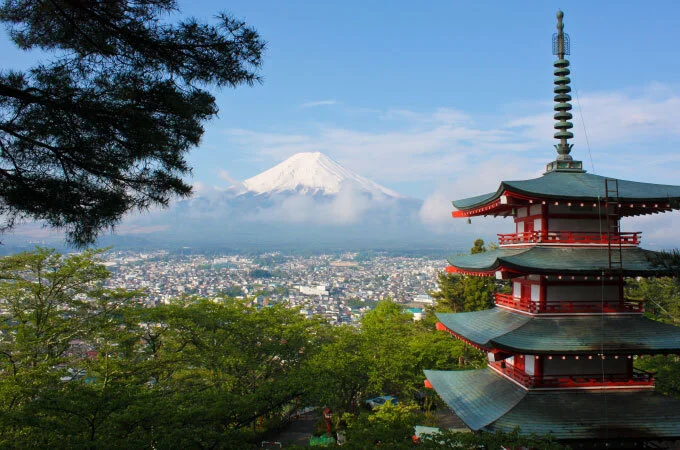Lions are iconic symbols of strength and dominance in the African savannah. While most lions are ground dwellers, a few exceptional populations exhibit unusual behavior—climbing trees. Tree climbing lions are a fascinating sight, offering wildlife enthusiasts a rare opportunity to witness a different side of these majestic predators.
Why Lions Climb Trees
Tree climbing is uncommon in lions, as they are built for power on the ground rather than agility in trees. However, certain populations have adapted to climb trees for specific reasons:
Avoiding Insects and Heat: In areas with dense bush and swarms of flies or tsetse insects, climbing trees provides relief and comfort. The elevated position also offers a cooler breeze, helping lions escape the intense heat of the day.
Scouting and Surveillance: Being in a tree allows lions to survey their territory, spot prey from a distance, and monitor rival predators or other threats.
Playful or Learned Behavior: Younger lions may climb trees as part of play or experimentation. In some areas, this behavior becomes habitual, passed down from one generation to the next.
Where to See Tree Climbing Lions
1. Lake Manyara National Park, Tanzania
Lake Manyara National Park is perhaps the most famous location for observing tree climbing lions. The lions here are known to rest in acacia and fig trees, often lounging on branches high above the ground. Visitors on game drives can spot these unusual lions basking in the canopy, creating memorable photographic opportunities.
2. Queen Elizabeth National Park, Uganda
In Uganda’s Queen Elizabeth National Park, lions are occasionally seen climbing fig trees and other tall vegetation in the Ishasha sector. This behavior is particularly common during hot afternoons when the ground is scorching and insects are persistent. Tree climbing lions in Ishasha are famous for their relaxed poses on tree branches, offering one of Uganda’s most unique wildlife spectacles.
3. Other East African Locations
Tree climbing lions have also been reported in parts of Kenya, particularly in areas near Lake Naivasha and the Maasai Mara. However, these sightings are rarer and usually involve smaller prides or young lions exploring unusual behaviors.
Characteristics of Tree Climbing Lions
Tree climbing lions typically exhibit the following traits:
Flexible and Agile: While lions are muscular, these tree climbers are surprisingly agile, able to ascend and descend branches with ease.
Behavioral Adaptation: This is not a trait seen in all lions, but rather a learned adaptation within certain prides.
Observation Points: Lions often use trees as lookout points to observe prey such as antelopes, zebras, and buffalo.
Why It Matters to Wildlife Enthusiasts
Tree climbing lions offer a rare glimpse into animal behavior that deviates from the norm. For photographers and safari enthusiasts, capturing a lion reclining in a tree branch is a once-in-a-lifetime moment. It highlights the adaptability and intelligence of lions, showing that even apex predators can modify their behavior to cope with environmental challenges.
Conservation Perspective
Tree climbing lions, like other lion populations, face threats from habitat loss, human-wildlife conflict, and poaching. Protecting their habitats in parks like Lake Manyara and Queen Elizabeth is crucial to ensuring that these unique behaviors persist. Observing lions in their natural habitat supports tourism-driven conservation, providing funds for park management and community engagement.
Tips for Spotting Tree Climbing Lions
Visit During the Dry Season: Lions are more likely to be seen in trees when the ground is hot and dry.
Hire Knowledgeable Guides: Local guides know the specific trees and areas where lions prefer to rest.
Early Morning and Late Afternoon Drives: Lions may climb trees to escape the midday sun or enjoy elevated vantage points for hunting.
Bring Zoom Lenses: Lions often rest high on branches, so a camera with a good zoom lens will help capture clear photos.





